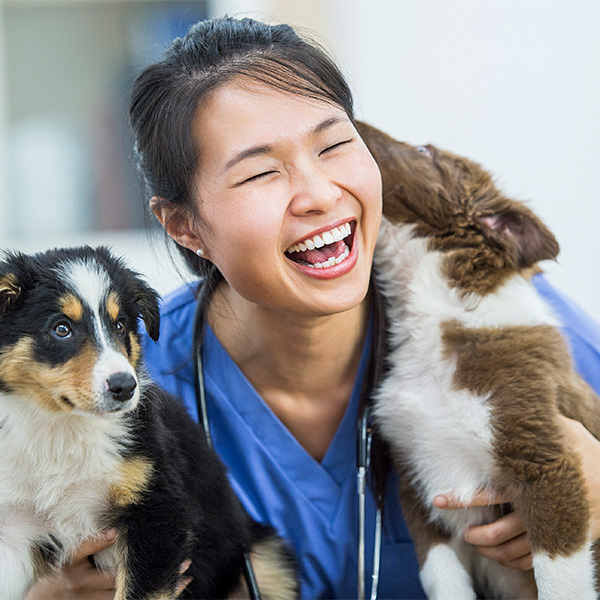Update on Palm
We had been concerned that Palm’s large thoracic wound would not heal easily with the first surgery.
The size, the depth and the contamination of the wound which would have occurred at the time of her trauma made it very likely that some of the skin would not be viable.
About 25% of her wound opened up and a sample taken from the wound showed large amount of bacterial growth which meant that simply going back to surgery to repair the wound would likely lead to further break down.
We have opted to treat the wound with honey bandages prior to attempting a final repair.

The use of honey in the management of wounds enhances healing and eliminates invading bacteria. This often works better than oral antibiotics and is also less likely to lead to the creation of “superbugs”.
While the use of honey to treat infected wounds dates back to 2000 BC, the use to treat animals had been slow to come into acceptance until Dr Karol Mathews from the Ontario Veterinary College published articles in 2002.
Interestingly, honey produces its antimicrobial effects by several mechanisms and its antimicrobial activity varies depending on the source and processing.
The plan is to change the bandages daily and we are hoping the wound will be clean enough in the next week to go to surgery.

